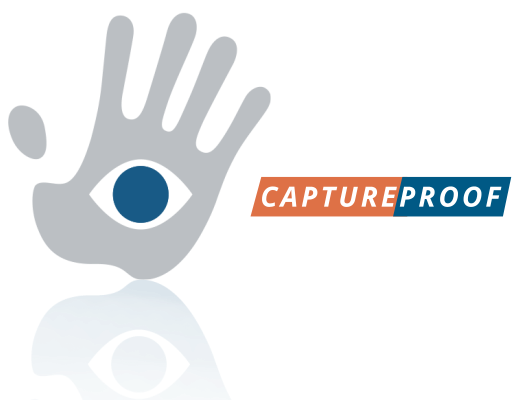By Travis McKnight
@Khellendos
The potential benefits brought by an interconnected world via the Internet is amazing, especially when it comes to the mundane and sometimes laborious such as getting in touch with your doctor via the phone. Physicians are often notoriously busy people, and it’s common to wait on hold during a phone call for 15 minutes or more, until the doctor has two minutes to chat. Luckily, more providers are adopting technological communications into their practices: starting with secure email portals for their patients. Although some people worry that this technology is phasing out physicians, a new study published in October in the journal Health Affairs shows the inclusion of secured email communication has actually made patient-doctor talks more efficient.
The study, conducted by Beth Israel Deaconess Medical Center (BIDMC), shows that although it may take some time before researchers know what impact email exchanges might have on patients’ care, conversations via email are beneficially respectful of the patient’s and the doctor’s time constraints. However, because of the increase in patient-doctor email communication, new reimbursement models and physician workflow methods may need adjusting to accommodate new procedures of message management.
In 2000, BIDMC released a secure patient web portal that provides a platform for patients to view aspects of their medical record and send emails to their physicians, becoming one of the first hospitals in the country to do so. The study analyzes email traffic from 10 years of collected data.
During the 10-year span, nearly 50,000 patients enrolled in BIDMC’s patient portal, which is about 23 percent of all patients treated.
“During the study period we saw a nearly threefold increase in email traffic between patients and doctors,” says lead author Bradley Crotty, M.D., in a news release. However, he says the main cause of the email surge wasn’t individual patients emailing their clinicians more often, but rather that more patients signed up for the portal. After patients got used to the idea of communicating to their doctors through email, the overall number of messages per patient plateaued over time.
“Surveys have shown that patients desire the ability to communicate with their doctors using email, and on face value it seems to be a good idea,” Dr. Crotty said. “There’s a lot of efficiency in being able to send an email and get a response. That type of exchange has the potential to be more respectful of patient’s time and possibly the doctor’s time too.”
Although the rate of emails isn’t increasing, it’s still a new task physicians must incorporate into their daily routine, which might consume more time than it saves. This is where new tools come into play to streamline the digital-communication task, such as HIPAA-compliant applications like CaptureProof, which is facilitating new ways for doctors and patients to digitally discuss medical care. Much like email – CaptureProof is asynchronous, and allows physicians to incorporate photo/video/text information into electronic health records. Communicating Patient data via email, if unencrypted and unsecured, can lead to a breach of HIPAA regulations, which leads to huge fines for the provider/institution. CaptureProof, among many other health delivery information applications and technologies, are looking to improve communications while ensuring all of the patient’s personal health information remains secure.
Yet, regardless of how streamlined the process becomes, the big question is in a fee-for-service model of care is: how do doctors get reimbursed for email time?
“We’re convinced that technology has an important place in healthcare delivery and that email between clinicians and patients will remain an essential element even as care models move forward,” Dr. Crotty said. “But it may require some policy changes and will most certainly involve adjusting the doctor’s day, building in time going forward to meet patient demand for email communication.”
For now, the billing question is still up for debate. But one thing is for sure, patients are going to continue expecting and pushing for cyber communication, so if the fee-for-service payment method is still going to be the foundation doctors rely on, they better figure it out soon.
